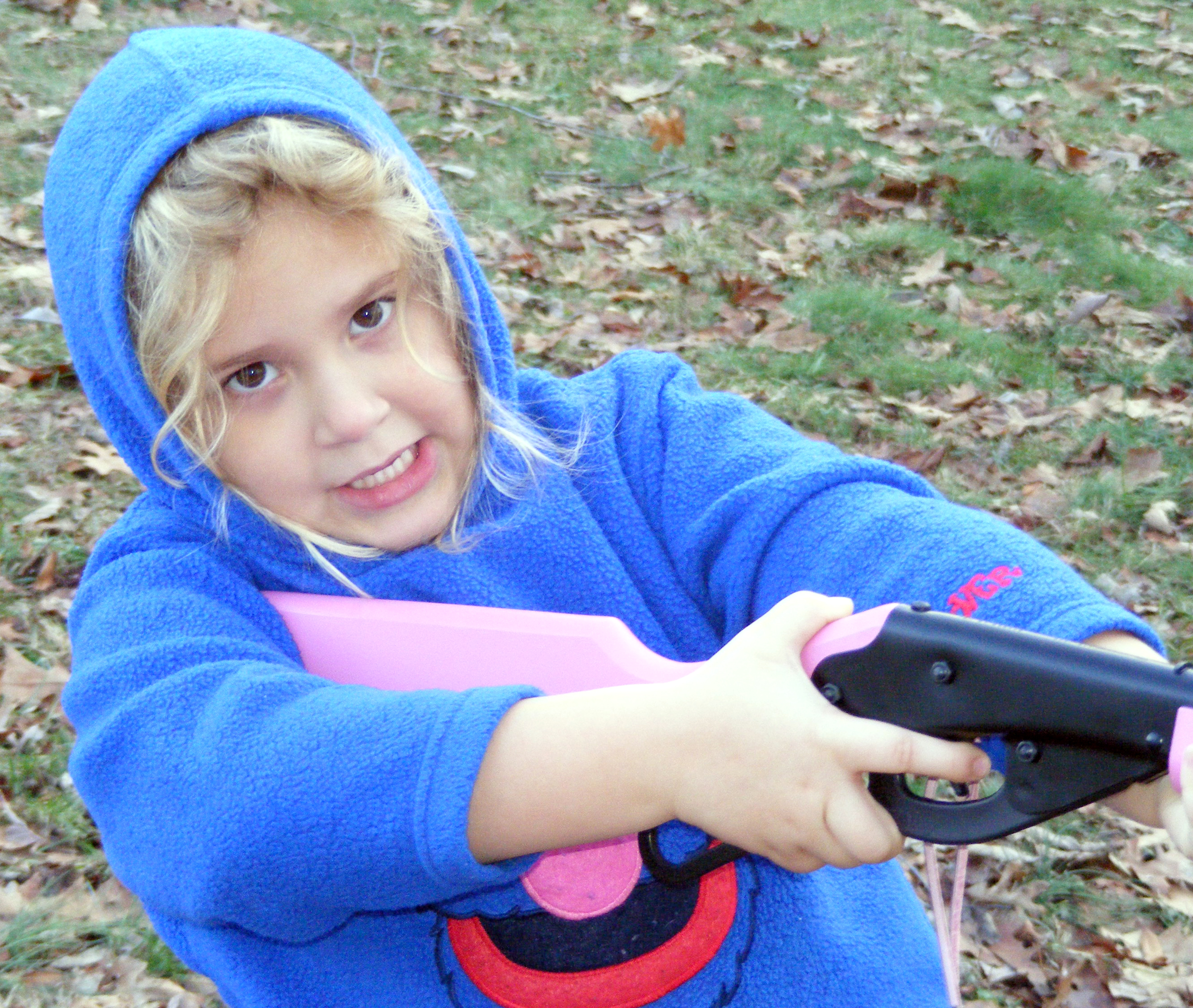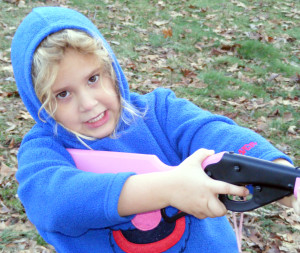Gun safety starts at home … what every parent should consider
Despite the warnings and our parents’ best attempts to protect us, why do so many of us wind up having to touch a hot burner to realize that a kitchen stove can be dangerous?
They keep us away from the stove, scare us away when we get too close and do everything possible to keep innocent little hands away from the glowing metal coil nestled under a pot of steaming water.
And yet, despite the collective bad experiences so many of us have shared with the kitchen stove, at some point the appliance becomes familiar. Over time, we not only learn to be safe around the stove, but to embrace it as a tool that helps us make tasty, healthy meals.
Along the way, we burn a few grilled cheese sandwiches, scorch a few pans and experience a boil-over or two. Do we give up when we make a culinary mistake with the stove? No — we clean up the mess and go back to frying, sauteing and bubbling our way through various food-making milestones.
Kick-starting the process typically is a parent who deems us old and/or mature enough to learn about the joys of stove-based cooking. Perhaps it starts with baking a few batches of brownies or frying an egg under extremely close supervision. Ultimately, at some point, our parents teach us to safely and efficiently use a stove.
But what happens when we stop talking stoves and switch gears to guns? Mental fireworks begin. Anti-gun fanatics start gritting their teeth and gnashing their gums.
Yes, guns are much more dangerous on average than kitchen appliances. And yes, guns aren’t as necessary for everyday living as the common stove.
But that doesn’t mean parents should forever shield their children from learning the basics about guns. In fact, it can be a deadly mistake.
Sure, you can control the environment in your own home and make sure that no firearms ever cross the threshhold of your front door. If you do have guns, you can lock them deep in the bowels of your basement or some other dark, nearly impossible-to-find section of the home where junior may never find them.
But what if your child comes across a loaded gun while playing at a friend’s home? Or laying on the street? Will they run the other direction in horror or will curiosity start to bubble to the surface like that pot of unwatched boiling potatoes?
What if they are with a friend who is unsafely using a gun and don’t know the basics of always pointing the firearm in a safe direction, how to make sure the safety catch is properly engaged or just how serious such play could be?
Ultimately, most kids heal from a bad experience with a hot burner, but one mistake with a firearm can be much more deadly. In that regard, shouldn’t we put more emphasis on teaching our children gun safety than stove safety?
And yet so many parents hide from the responsibility of teaching the critical lessons — some because they themselves never learned how to properly use a gun and some out of plain fear of what could go wrong. Perhaps it is the taboo nature of guns in our society today. For a simple three-letter word, “gun” can definitely create a big whirlwind of emotions. Maybe that’s why schools justify the concept of teaching Cookie Baking 101 in Home Economics but skirt around the topic of basic gun safety lessons.
You don’t need to own a high-powered, high-capacty rifle to teach the basics of safe gun fundamentals. Starting with a simple plastic waterpistol can be a good way to spark a conversation. Talk about the importance of always pointing a firearm in a safe direction, regardless of whether or not it is loaded. Take the lesson one step further by enforcing a no-pointing-at-people policy with even toy guns. That may seem extreme, but it will also set the tone for just how important guns can be.
Discuss the steps of what to do if you find a firearm laying around and how to talk to friends who may start playing with a gun at their home.
Always make sure that firearms are safely stored in your home, and that ammunition is also secured in a location away from your guns.
Take the lessons learned to the next stage by practicing in the backyard with a BB gun and a target placed in a safe firing direction with adequate backstop. Even though it may seem like overkill for a simple BB gun, require your child to use proper eye and ear protection and treat the BB gun as if it was a full-powered weapon.
Ultimately, every child — and every adult for that matter — should have some practice with a real firearm. Local gun clubs can offer assistance here, even in providing the weapon and instruction from a skilled marksman in a safe environment.
It wouldn’t hurt if every child, regardless of whether he/she ever plans to hunt, gets involved in a hunter-trapper education class, NRA’s Eddie Eagle program or similar safety-first gun education session.
Ultimately, our children will learn about firearms from somewhere. If they don’t get the information from us or from a reputable safety program, who knows what they’ll hear and believe about firearms from their friends or others in the community when we aren’t around to supervise.
And who’s to say that after a healthy discussion about gun safety you can’t fire up the oven and get in a few extra pointers while cooking up a batch of homemade chocolate chip cookies together over the trusty kitchen stove?


